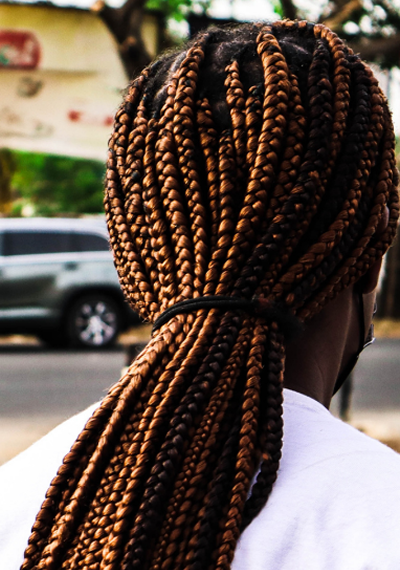Human hair is a remarkable and versatile aspect of our identity, allowing individuals to express themselves in countless ways. While hairstyles can serve a practical purpose, such as protection from the elements, they also play a significant role in cultural and religious traditions worldwide. The ways people wear their hair can convey cultural heritage, religious beliefs, and even social status. Let’s briefly explore the diverse and fascinating world of cultural and religious hairstyles.
African Hairstyles
The African continent boasts a rich tapestry of cultural and ethnic diversity, which is reflected in its unique hairstyles. Traditional African hairstyles are often a source of pride and a way to communicate one’s cultural identity. Some of the most famous African hairstyles include:
Cornrows: This style involves braiding the hair very close to the scalp, creating intricate and often symmetrical patterns. Cornrows are not only aesthetically pleasing but also practical, as they keep the hair neat and manageable.
Bantu Knots: Bantu knots are small, coiled buns that can be worn all over the head. They are a common style among African women and hold cultural and spiritual significance.
Fulani Braids: Characterized by raised braids and beads, Fulani braids are popular among the Fulani people in West Africa. They are often adorned with jewelry and cowrie shells, symbolizing beauty and cultural identity.

Asian Hairstyles
Asia is home to an array of diverse cultures and religious traditions, each with its unique hairstyles. Hair has deep symbolic meaning in many Asian societies, and it often plays a vital role in religious rituals and ceremonies. Some notable Asian hairstyles include:
Geisha Hairstyles: In Japan, geisha are known for their iconic hairstyles. Elaborate wigs and hair ornaments are used to create the signature geisha look, which represents both tradition and artistry.
Hanbok Hairstyles: South Korea’s traditional clothing, the hanbok, is often accompanied by specific hairstyles. The Sangtu, a braided bun, and the Eonjeong, a topknot, are commonly worn to complement this attire.
Religious Hairstyles
Religion often influences how individuals wear their hair, and certain hairstyles are closely associated with specific faiths. Here are a few examples:
Rastafarian Dreadlocks: Rastafarians wear dreadlocks as a symbol of their commitment to natural living and their spiritual connection to God, as well as a nod to the biblical story of Samson, who had seven locks.
Muslim Head Coverings: Muslim women are often seen wearing a hijab as part of their modesty and religious practice. These hair coverings are not only a display of faith but also a way to maintain personal privacy and humility because hair is considered a key factor of beauty.

Sikh Turbans: Among Sikh men, the turban serves both as a religious symbol and a practical head covering. It is worn to protect the hair, which is considered a gift from God, and also to express their faith and identity.
Buddhist Shaved Heads: Among Buddhist monks and nuns, shaving the head is a common practice. This represents renunciation of ego, gives an appearance of unity and uniformity, encourages simplicity and minimalism, and is a mark of respect to their faith.
Social and Symbolic Significance
Hair is more than just a fashion statement; it’s a reflection of an individual’s cultural and religious identity. The way people choose to wear their hair often carries profound meaning and can be a form of nonverbal communication. It can signify one’s place within a society, convey devotion to a particular faith, or celebrate cultural heritage. The diversity of cultural and religious hairstyles around the world is a testament to the richness of human traditions and beliefs.
These hairstyles are not merely aesthetic choices but serve as a window into the values, histories, and identities of individuals and communities. Whether it’s African cornrows, Sikh turbans, or Rastafarian dreadlocks, these hairstyles demonstrate that the human experience is as varied and vibrant as the world itself.
